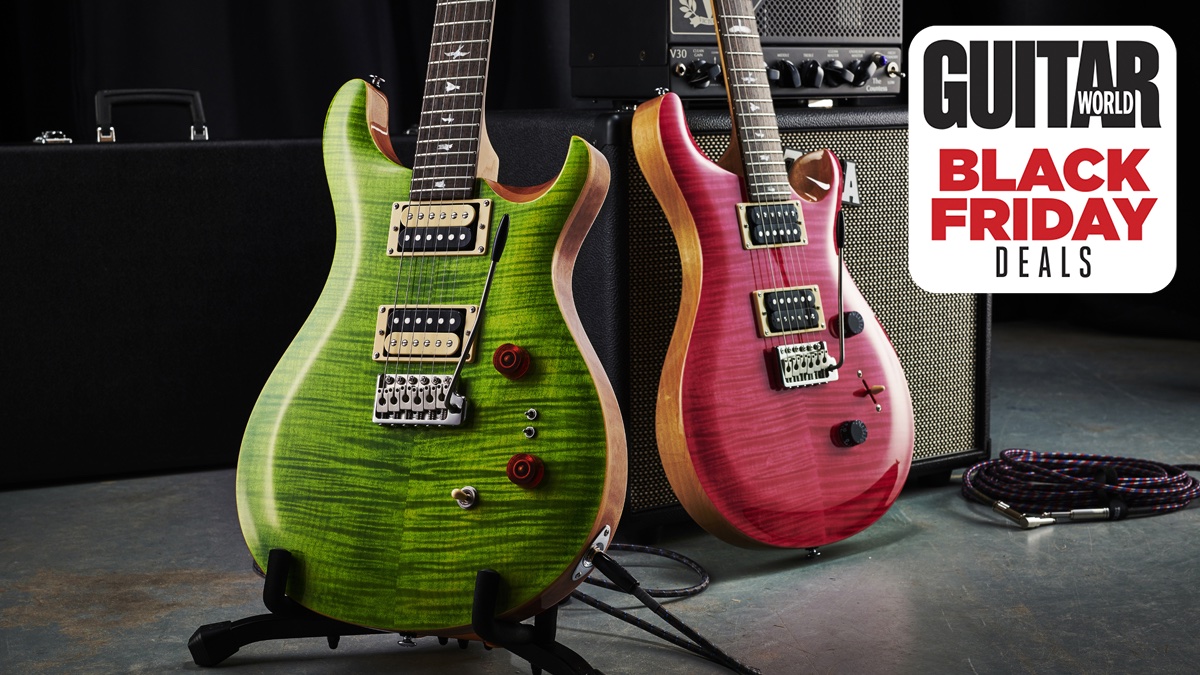“It was the closest I’ll ever get to Indiana Jones. You find this artifact and you’re scraping away until it’s the dinosaur bone showing”: The story of Brad Paisley’s Lost Telecaster – the ‘hippie vomit’ reject that became one of Fender’s rarest finds
A partly-failed flower-power experiment in the ‘60s comes back to life via its namesake, who’ll make 19 on his own while Fender’s Custom Shop make another 67
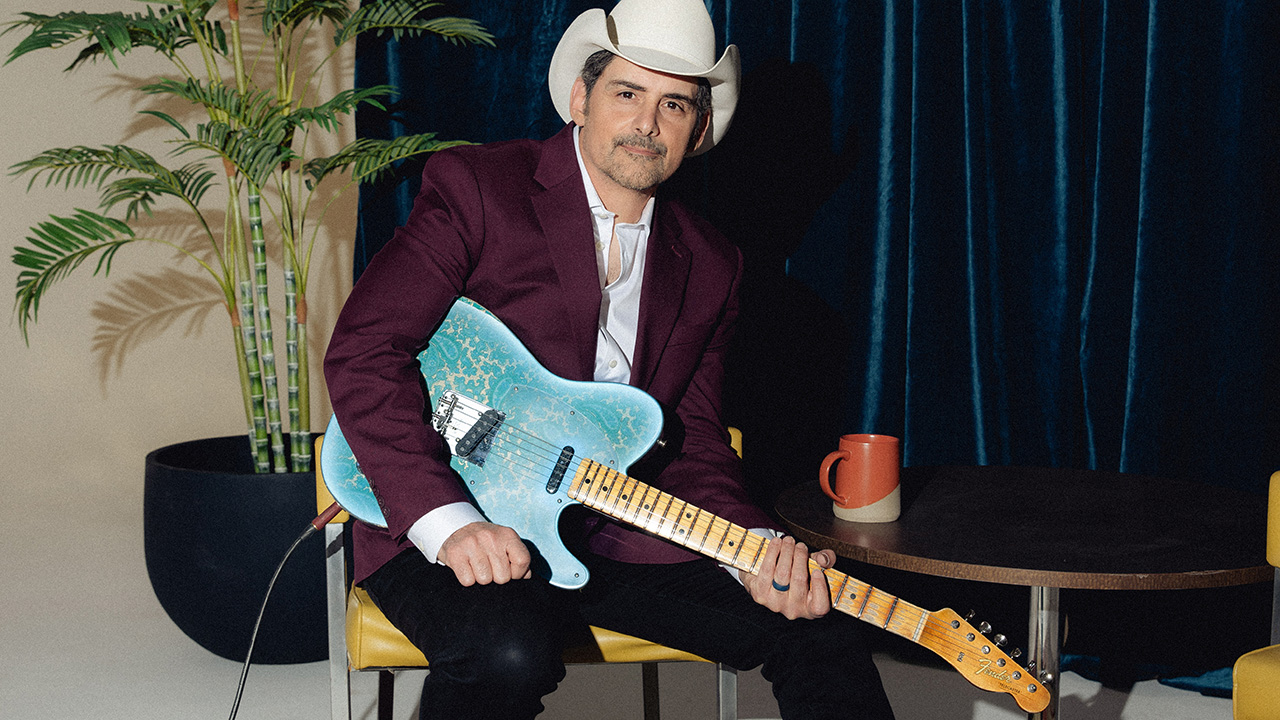
Paisley Telecasters are renowned as psychedelic ‘60s relics played by everyone from Elvis’ James Burton to Oasis’ Noel Gallagher en route to cult status.
Brad Paisley’s bond with the once-divisive Fender finish is perhaps the ultimate example of guitar-based nominative determinism. It’s no surprise then that his personal contribution to the technicolor Tele’s lore – the recently-released Lost Paisley – has been a labor of love born through an out-and-out devotion to the Telecaster.
“It’s the sound of the music I grew up with,” Paisley says. “I went, ‘Okay, that’s what I want to sound like.’ I gravitated toward whatever that thing is – and it’s a unique thing. It’s a cutting board you could have chopped vegetables on, with a neck attached. but it’s a real sound.”
The Lost Paisley features a lightweight alder, paulownia, and spruce body, custom Seymour Duncan pickups and a Glaser G-Bender. It’s clear that Paisley, with help from Fender’s Nashville R&D team, has painstakingly resurrected an almost-failed experiment.
He recalls how the project began: “I walked through the doors with this thing in a case, sat down with these guys, pulled it out and said, ‘Let me tell you about this.’ They looked at me like they had seen a ghost!
“Fender is run by guitar players and fans now. They get it. They were like, ‘We’ve got to make this for people.’ What an amazing mindset – they don’t think corporately. They never stopped and said, ‘Will this sell?’”
He’s planning to manufacture 19 Lost Paisley Teles independently, while Fender assembles 67 in its Custom Shop. He insists his versions will not only be different from Fenders, but different on a guitar-to-guitar basis.
All the latest guitar news, interviews, lessons, reviews, deals and more, direct to your inbox!
“Fender has standards – I don’t!” he laughs. “But in all honesty, we’ve cracked the code. It took work to get this right, but we now know what they were made of and how to make a good one. It’s very exciting to think about where this goes from here, assuming everybody doesn’t laugh us off the stage.”
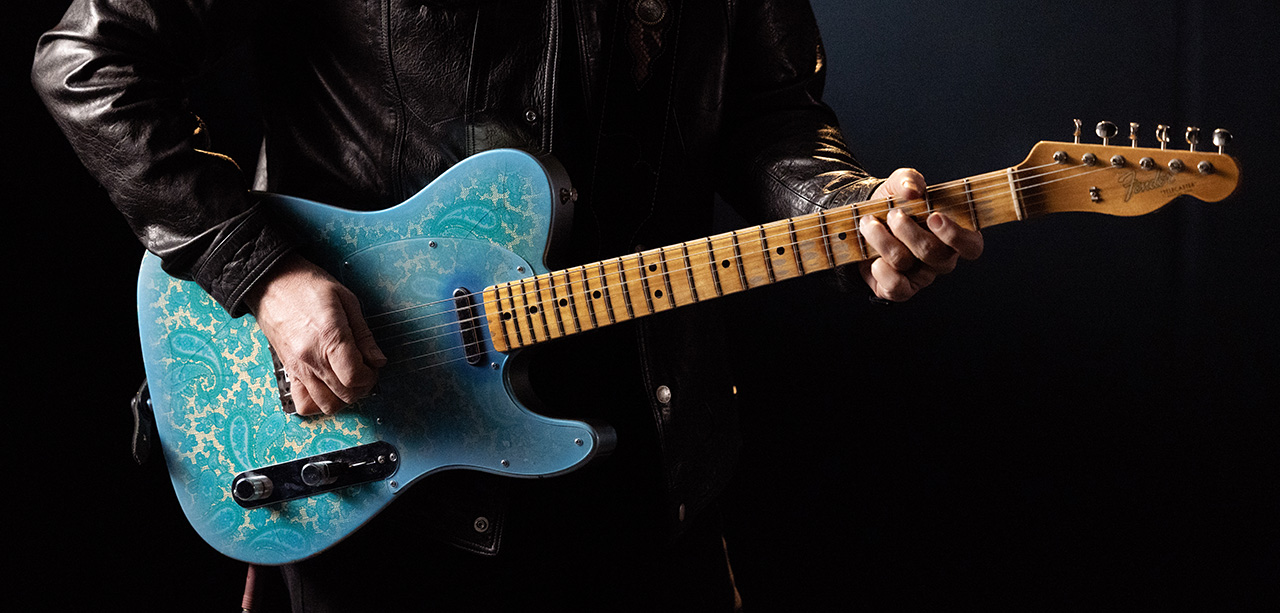
Before we get into the Lost Paisley, why did you fall in love with Teles in the first place?
“The Telecaster is a mindset. It’s an interesting thing in what it demands of you as a player. It’s not forgiving. It’s different than something with a little more finesse, like a Strat or a Gibson Les Paul; it’s sort of like a beast.”
Have you always loved Fender’s Paisley?
“I wasn’t aware of it for a while. I had my first guitar by the time I was in second grade. It was a gift from my grandpa, who loved Chet Atkins, Buck Owens, and Johnny Cash – anything that had a twang to it.
“He gave me a Sears Silvertone with a tube amp and the case. I don’t remember when I became aware, but I remember when people heard my name they started to say, ‘You should play a Paisley Tele.’
“I thought to myself, ‘That is the wildest looking thing.’ And in 1968, they weren’t an immediately good idea. Fender must have regretted it immediately! John Jorgensen has told me about walking into a music store in the ‘70s, and there were five of ‘em hanging on the wall – no one would buy ‘em.”
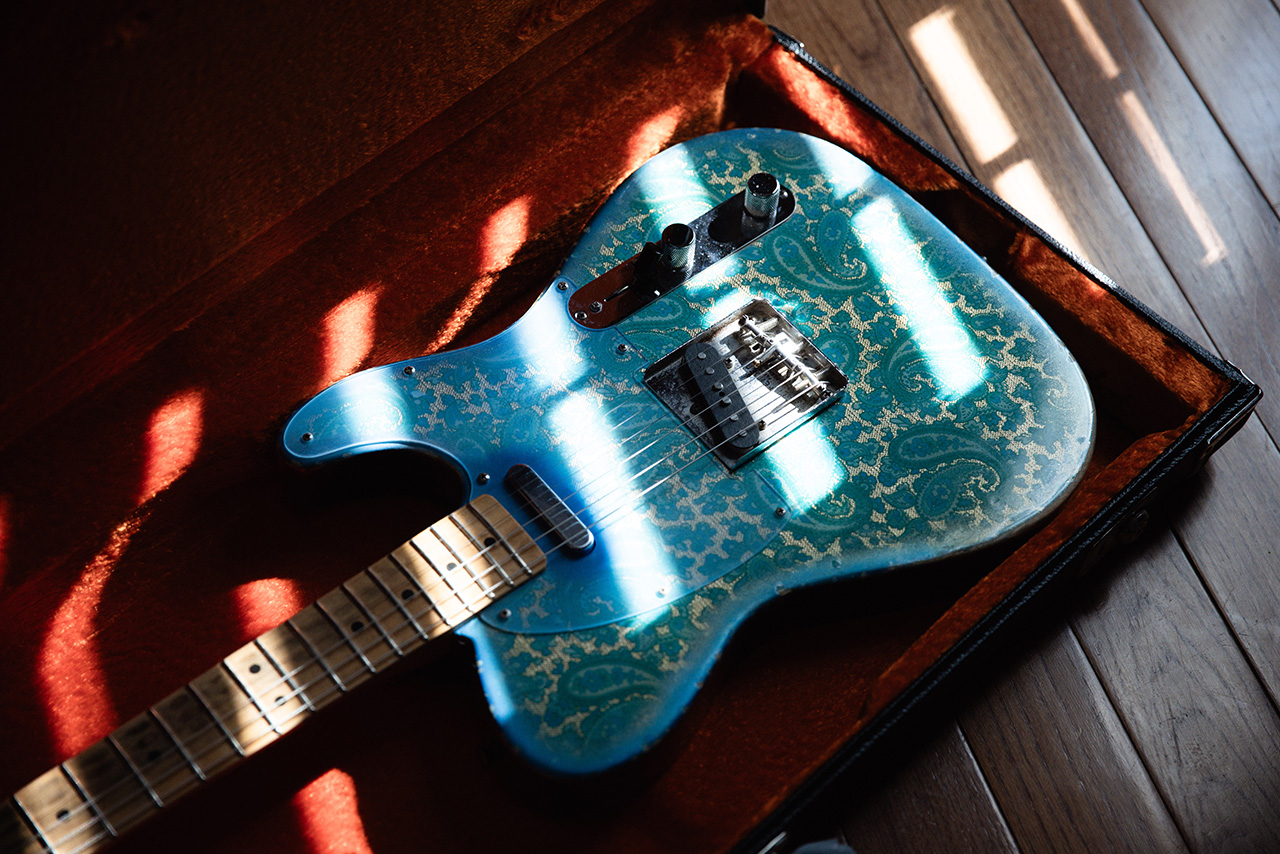
You’ve owned a couple of well-loved ’67 Paisley Teles and worked to revive the original finish. What was that like?
“It was the closest I’ll ever get to Indiana Jones, in the sense that you find this artifact and have to restore it, taking a chisel and paintbrush and scraping out and away until it’s the dinosaur bone showing.
“The commercial name for the finish was Cling Foil – a strange aluminum foil stamped in a canvas-like pattern. Then this embossed paisley pattern is sort of a liquid finish that goes on top. It’s covered in polyurethane, and then you burst it with some nitro, and that’s the magic formula.
Once we were done, I started to play it. It’s the best Tele I’ve ever had. It dwarfs everything I’ve ever owned
“When we studied them it was like, ‘Who thought of this?’ Even the pink ones must have looked like hippie vomit! Now you look back, it’s like, ‘I wouldn’t change a thing – other than the fact that I can’t believe they didn’t go with the aqua blue instead of the pink.’ They’re beautiful now.”
Do you think blue might have done better than pink back in the ‘60s?
“I think that would have sold a little better. But they experimented, thinking the pink would appeal to the flower power revolution.”
What was it like collaborating with the Fender Nashville R&D team on the Lost Paisley Telecaster?
“They were amazing. Once we were done I started to play it, and it’s the best Tele I’ve ever had. It really dwarfs everything I’ve ever owned – it’s the most perfect feeling.
“There’s a magic in the right neck, right body, and right pickup with the right-sized frets. Any one of those things that you change makes a slight difference. But if you change all of those things, it’s a different guitar.
“Even if you get something similar, there’s an art to getting these things fine-tuned to the degree that you know what you’re making is going to be consistent. And one of the magic things about mine is its weight – It’s under seven pounds.
“You can’t find alder that’s the right weight. Old-growth alder in the ‘60s was a different ball game; it’s all but gone. So we experimented on how to get the same sonic clarity using a combination of woods.
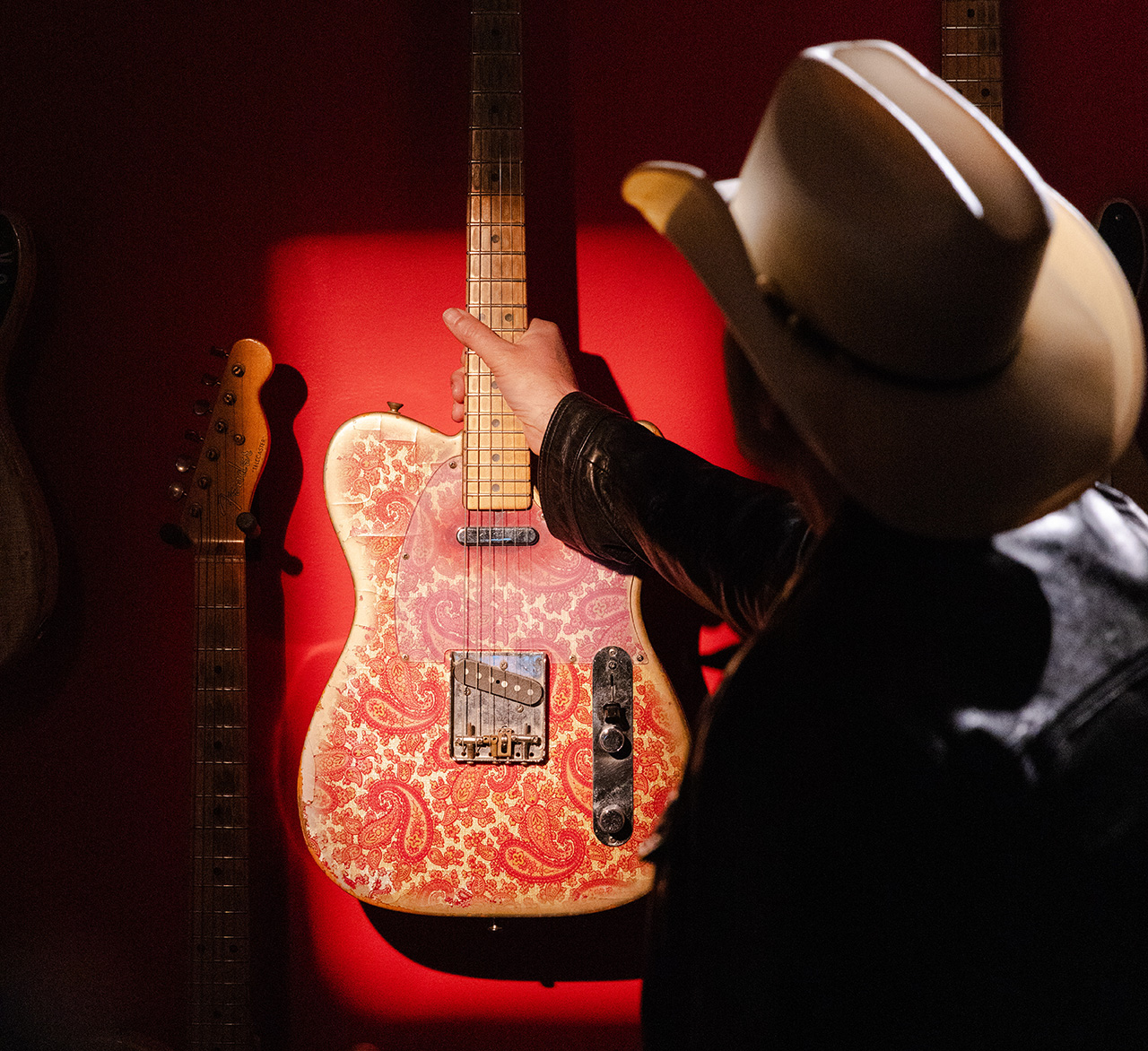
“The center is alder and the wings are paulownia. When I say wings, it’s the same dimensions as the three-piece body that made my guitar, but the middle is alder, and the two sides are a bit lighter.
“If the whole body were alder, it would be closer to eight pounds. But there’s a center block, then Fender put a cap under, and an eighth of an inch spruce veneer on top of that. So, there’s a four-piece thing going on.”
Tell us about the Glaser G-bender system that the guitar is equipped with.
Maybe I’ll tell you what’s in it; maybe you’ll have to take it apart to see! They’re all going to be different
“I use the Glaser on everything I’ve got. Fender has already been putting them in the Brent Mason model. I think it’s the best system because it’s non-invasive, there’s very little wood missing, and it’s weight-neutral because there’s a hold that goes through the guitar, and the little thing under the bridge that uses the saddle to bend the note.
“It’s just a really cool device. You’re immediately going to sound a certain way when you yank down on that strap.”
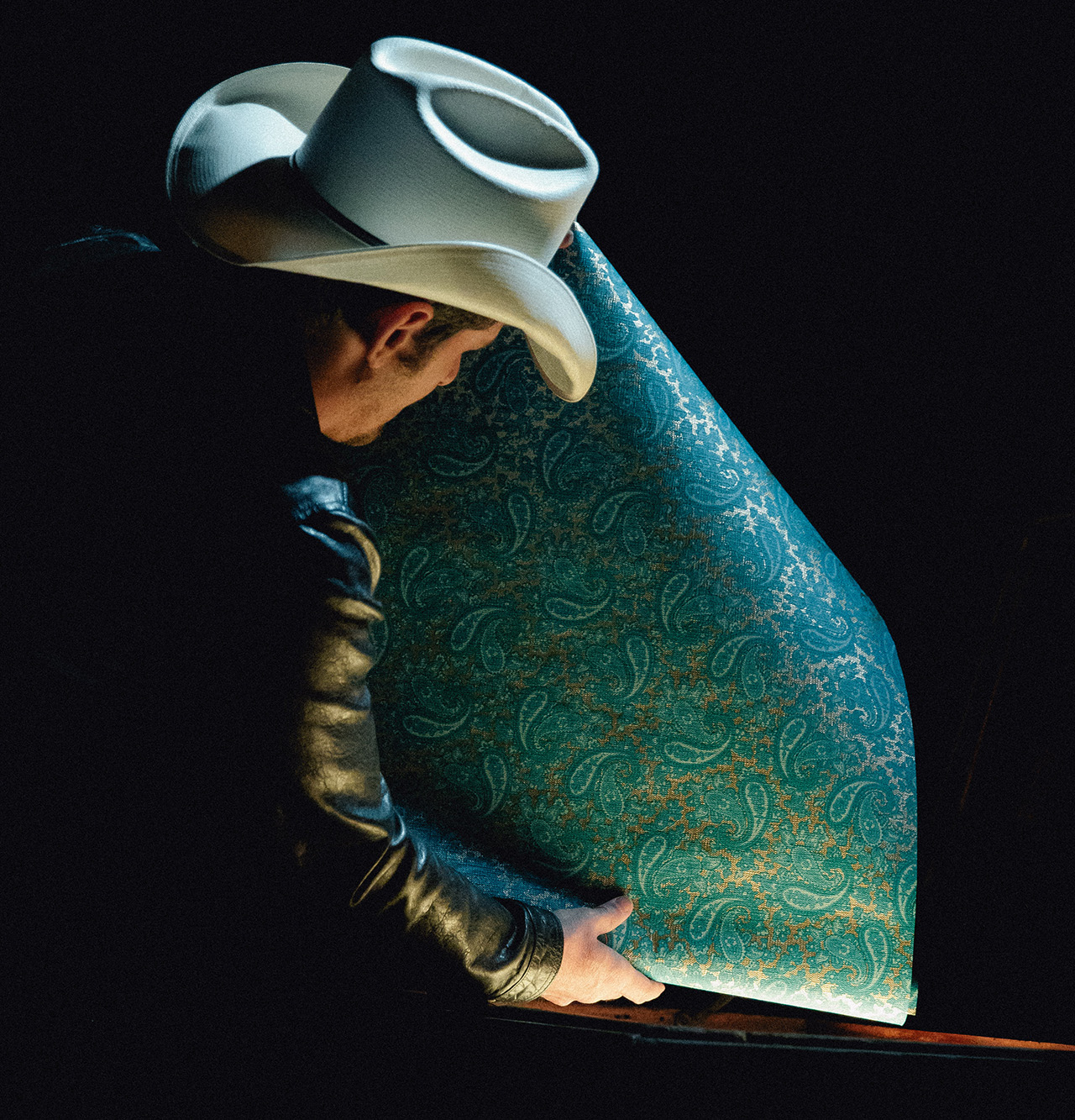
How about the Seymour Duncan Custom Shop Hand-Wound Lost Paisley pickups?
“They needed something to get that matched thing. Seymour Duncan was like, ‘Can we take a crack at getting this right?’ They hand-wound these to be exactly like the ’68 pickups.
“In ’68 they sounded great, but a lot of them don’t hold up. They didn’t wax pot them – back then they used lacquer, which ended up drying out, cracking, and everything became microphonic. The new ones are really great. Everything down to the materials is made to be very accurate.”
You’ll be making 19 of these Teles yourself, and Fender will be making another 67. Will there be differences between the two lots?
“A lot of differences! With mine, I’m getting the guitar in pieces then applying the finish myself, and you’ll get a time-lapse video of that being done. I may put one together and go with Seymour pickups, or go with a Lindy Fralin in the bridge. I might feel it needs a Curtis Novak neck pickup, because I have guitars like that.
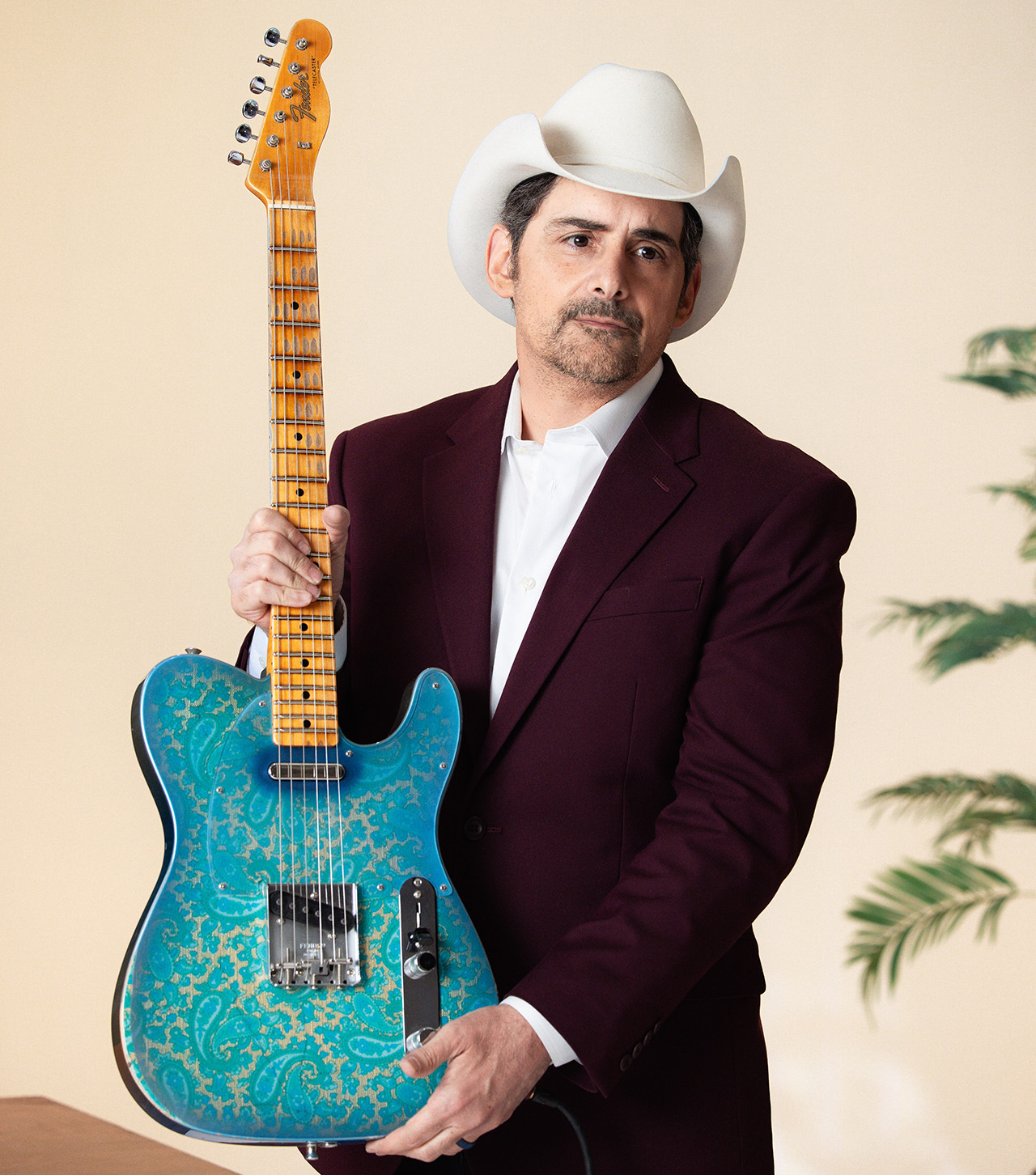
“That’s the beauty – maybe I’ll tell you what’s in it, or maybe you’ll have to take it apart to see! I’m going to give birth to 19 of these, and they’re all going to be different. When I glue that paper on, it’s not going to be the same pattern. One of the paisley’s going to be up by the arm, and on one, it’ll be down five inches.”
Are there plans to make more of these, or will your run of 19 and Fender’s run of 67 be one and done?
“We have plans! But Fender may go, ‘I don’t know…’ They’re probably thinking, ‘We’ll see how it goes.’ But I won’t stop with this – I think there’s a lot more that you can do.”
- See the Brad Paisley Lost Paisley Telecaster’s full spec.
Andrew Daly is an iced-coffee-addicted, oddball Telecaster-playing, alfredo pasta-loving journalist from Long Island, NY, who, in addition to being a contributing writer for Guitar World, scribes for Bass Player, Guitar Player, Guitarist, and MusicRadar. Andrew has interviewed favorites like Ace Frehley, Johnny Marr, Vito Bratta, Bruce Kulick, Joe Perry, Brad Whitford, Tom Morello, Rich Robinson, and Paul Stanley, while his all-time favorite (rhythm player), Keith Richards, continues to elude him.
You must confirm your public display name before commenting
Please logout and then login again, you will then be prompted to enter your display name.


